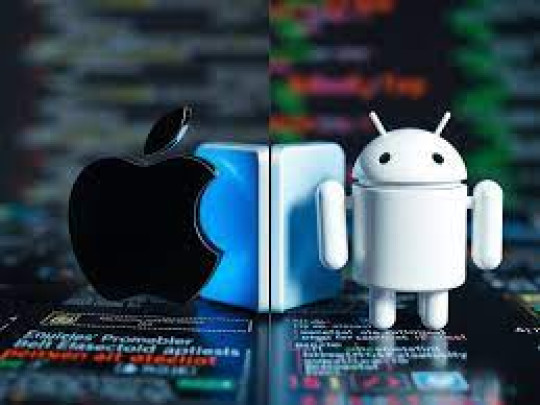IOS vs. Android App Development: US Market Share & Trends
This article compares iOS and Android app development in the US, covering market share, revenue trends, development costs, and key differences.

The battle between iOS and Android app development continues to shape the mobile landscape in the US. Businesses and developers must understand market trends, user preferences, and revenue potential before choosing a platform.
In this article, we’ll compare:
✔ Market Share: iOS vs. Android in the US
✔ Revenue & Monetization Differences
✔ Development Cost & Time Comparison
✔ Latest Trends in iOS & Android App Development
✔ Which Platform Should You Choose?
1. Market Share: iOS vs. Android in the US (2024)
While Android dominates globally (~70% market share), the US tells a different story:
- iOS (iPhone) holds ~57% of the US market (StatCounter, 2024).
- Android has ~43% share, led by Samsung, Google Pixel, and budget devices.
- iPhone users are more concentrated in urban, high-income areas, while Android has broader demographic reach.
Key Takeaway: If your primary audience is in the US, iOS often delivers higher engagement and revenue per user. However, Android remains essential for reaching a wider audience.
2. Revenue & Monetization: Which Platform Makes More Money?
- iOS users spend more (Average Revenue Per User - ARPU is 2x higher than Android).
- App Store generates more revenue despite fewer downloads (Sensor Tower, 2024).
- Android has more global downloads, but monetization relies more on ads and freemium models.
Best for Paid Apps & Subscriptions: iOS
Best for Ad-Based & Free Apps: Android
3. Development Cost & Time Comparison
| Factor | iOS (Swift/SwiftUI) | Android (Kotlin/Jetpack Compose) |
|---|---|---|
| Development Time | Faster (fewer device variations) | Slower (more fragmentation) |
| Testing Effort | Easier (limited iPhones/iPads) | More complex (thousands of Android devices) |
| Developer Cost | Higher (Swift experts charge more) | Slightly lower (larger talent pool) |
Cross-Platform Solutions?
Frameworks like Flutter and React Native can reduce costs by ~30%, but may lack platform-specific optimizations.
4. Latest Trends in iOS & Android Development
iOS Trends
- SwiftUI adoption (declarative UI framework)
- AI & ML integration (Core ML, Siri enhancements)
- Augmented Reality (ARKit 6) for immersive apps
- Privacy-focused updates (App Tracking Transparency)
Android Trends
- Jetpack Compose (modern UI toolkit)
- Foldable & Wear OS apps (Samsung Galaxy Z Fold, Pixel Watch)
- Instant Apps (no-installation experience)
- 5G & AI-driven apps (TensorFlow Lite, Gemini AI)
5. Which Platform Should You Choose?
Develop for iOS if:
✅ Your target audience is in the US (higher spending power).
✅ You want faster ROI with premium apps/subscriptions.
✅ You prefer a more controlled ecosystem (easier QA).
Develop for Android if:
✅ You want to reach a broader, global audience.
✅ Your app relies on ads or freemium models.
✅ You need deeper hardware integration (custom ROMs, foldables).
Best Option? Consider Both!
Many successful apps launch on iOS first (for revenue) and later expand to Android (for scale).
Final Thoughts
The US mobile app market favors iOS in revenue and engagement, but Android’s reach is still vital. Your choice depends on budget, audience, and monetization strategy.

(1).jpg)
